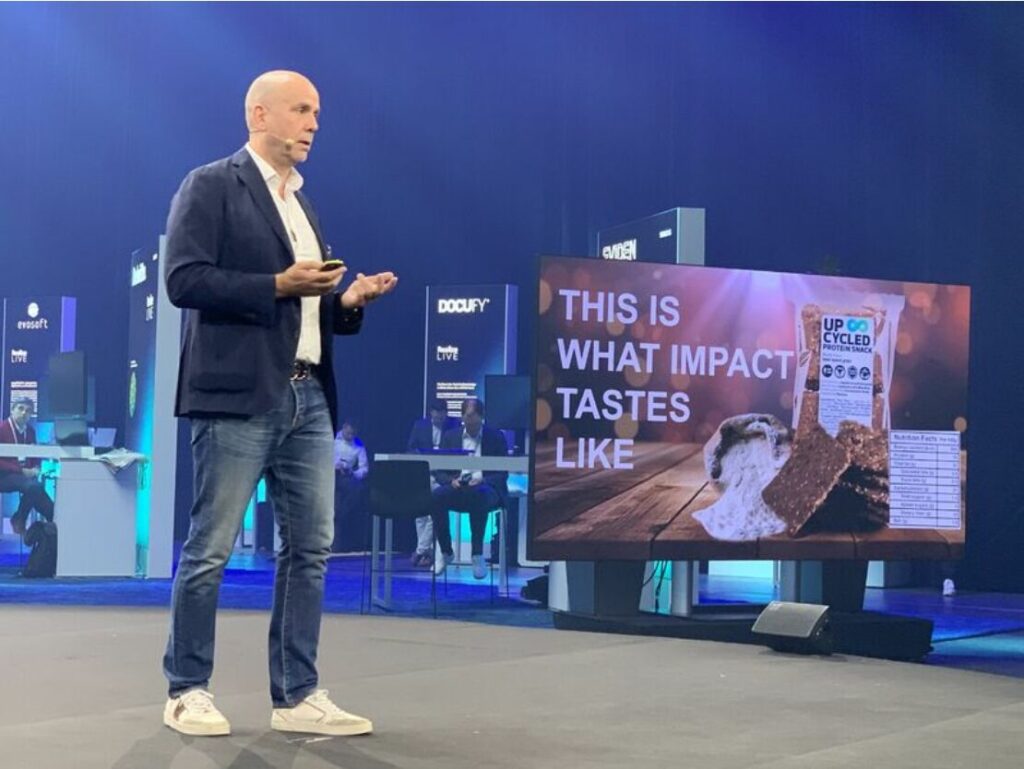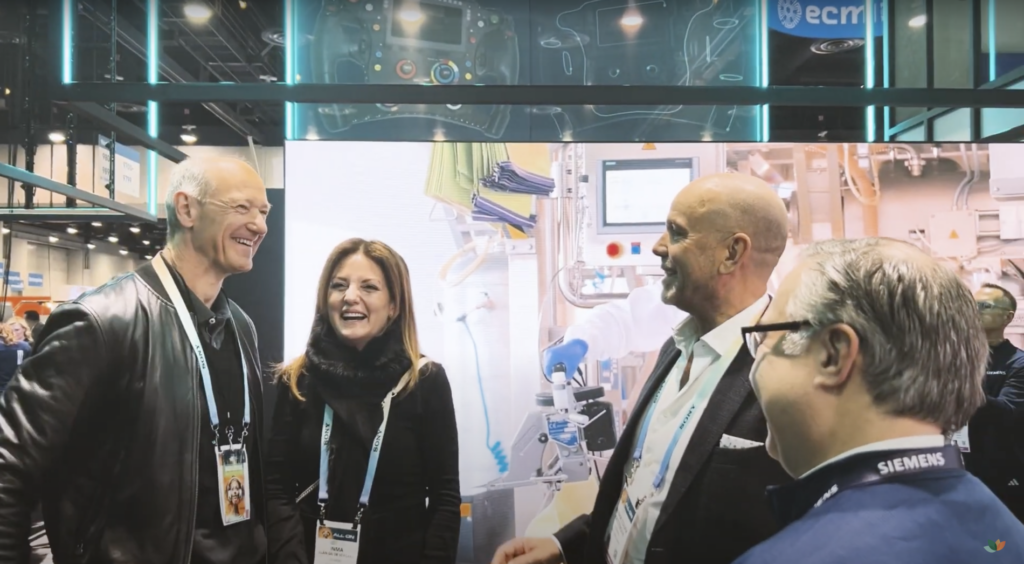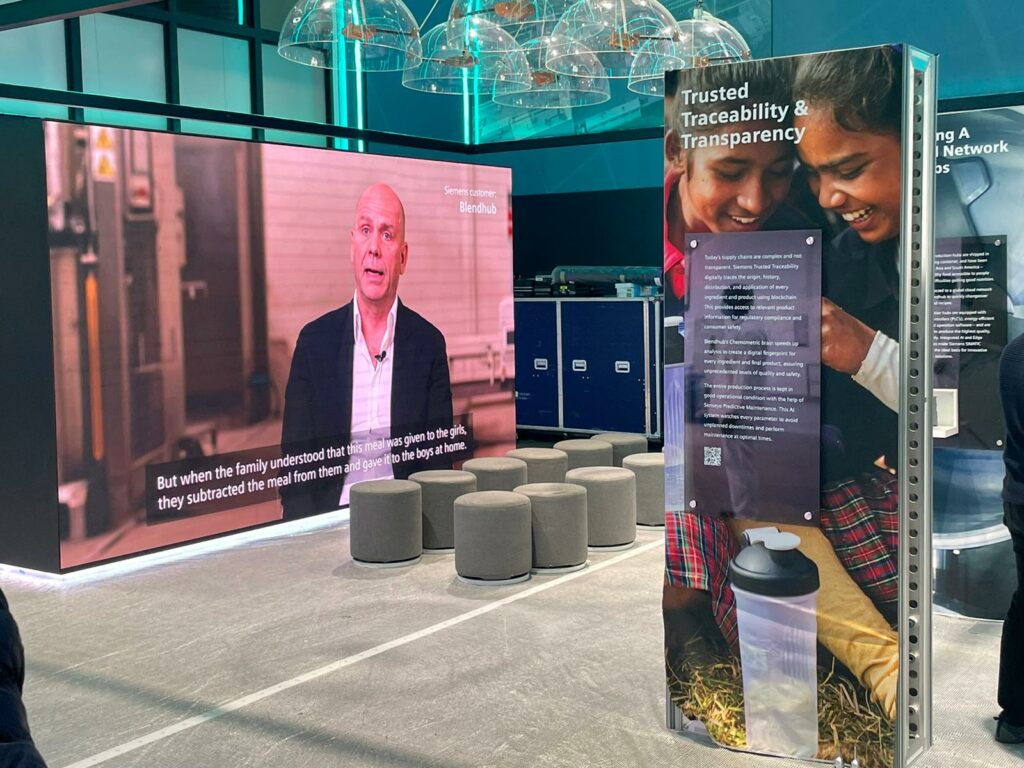What makes some organizations or leaders so successful? According to Simon Sinek, an expert in strategic communication and leadership, it is an attitude. It depends mostly on their passion and the way they transmit it. He calls it the Golden Circle. This is a model based on the biology of human decision making that explains why these leaders or organizations are able to inspire.
Three questions encapsulate this theory:
- why?
- how?
- what?
Each one corresponds to a circle and together all three are the key to understanding what makes an organization or person function at its highest ability.
Sineck explains that every organization knows 100% what it is doing, others know as well how to do it. However, just a few know why they do what they do, what is their purpose or why they exist and why anyone should care. This last question has nothing to with profits. It is about beliefs, not about results. Companies or people who focus on the why are philosophy centric, not product centric. This attitude distinguishes them from companies that are just able to respond to the other two questions: what and how they do it.
The Golden Circle and how to inspire others
Organizations and leaders that are in the why circle are able to inspire others. They do this by communicating from the inner circle of why to the outer how and what circles. This doesn’t happen with the other two groups of organizations, that communicate from outside to inside. Sinek makes it clear with an example: When others say we make computers (what), perfectly designed (how), Apples says: Everything we do, we believe in thinking differently. And this is an inspiring message.
In the video “Golden Circle Essence”, Sinek explains, with examples of Apple, Martin Luther King and Wright brothers that the Golden Circle isn’t about organizations that base their business on people who need what they do. On the contrary, it is about the ones who do business with people who believe what they believe. These organizations send their message to the part of the brain that controls behavior and connect with people because they talk to them about the same things that both believe in. Then, according to Sinek, people follow leaders or organizations such as Apple because they want to not because they have to. And they also do it, not because of these leaders and companies, but because of themselves, because of their own convictions.
This relates to the innovation. If a company is able to attract those who share its beliefs, it is also able to connect easier with innovators, following what Sinek refers as the loyalty fusion of innovation. For open innovation, all this means a way to find talent and those who share ideas, concerns, dreams… I leave you the full video, its 18 minutes, and greatly recommended.



